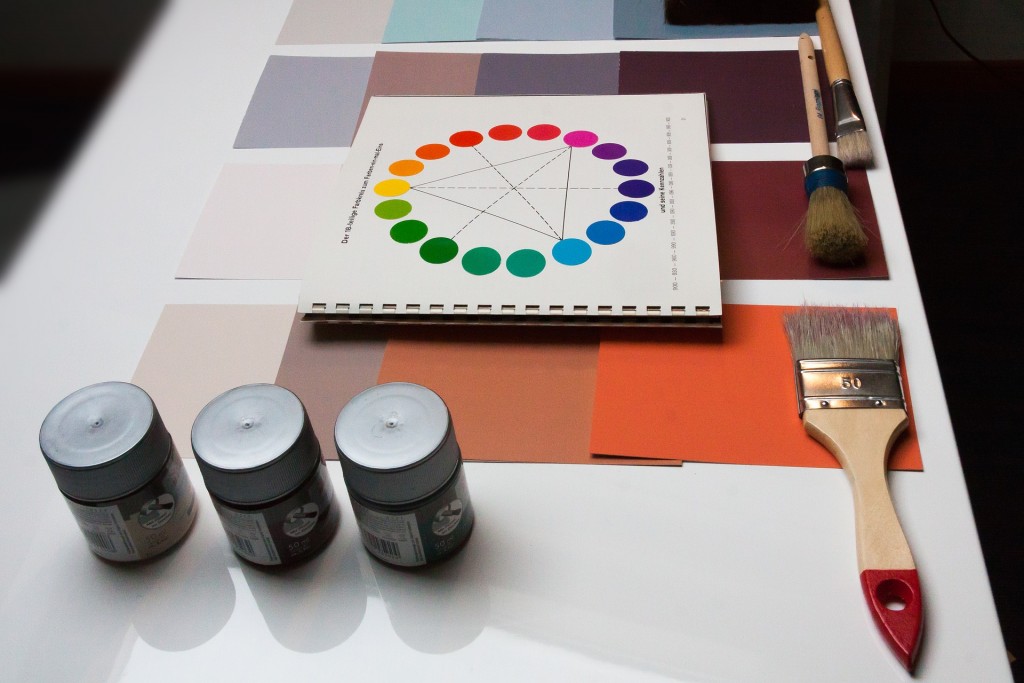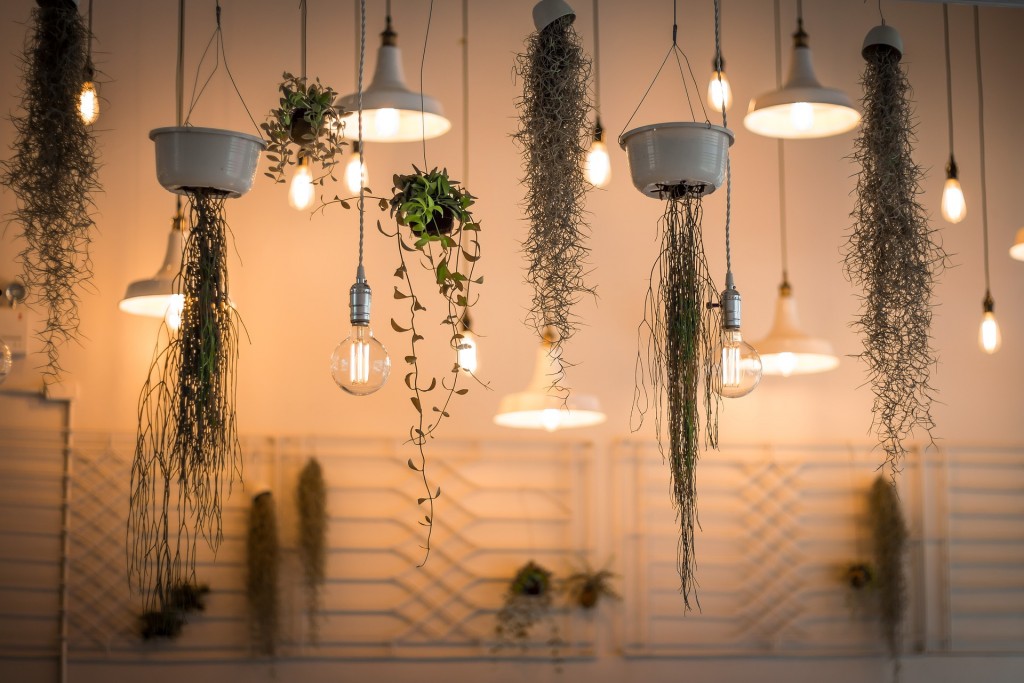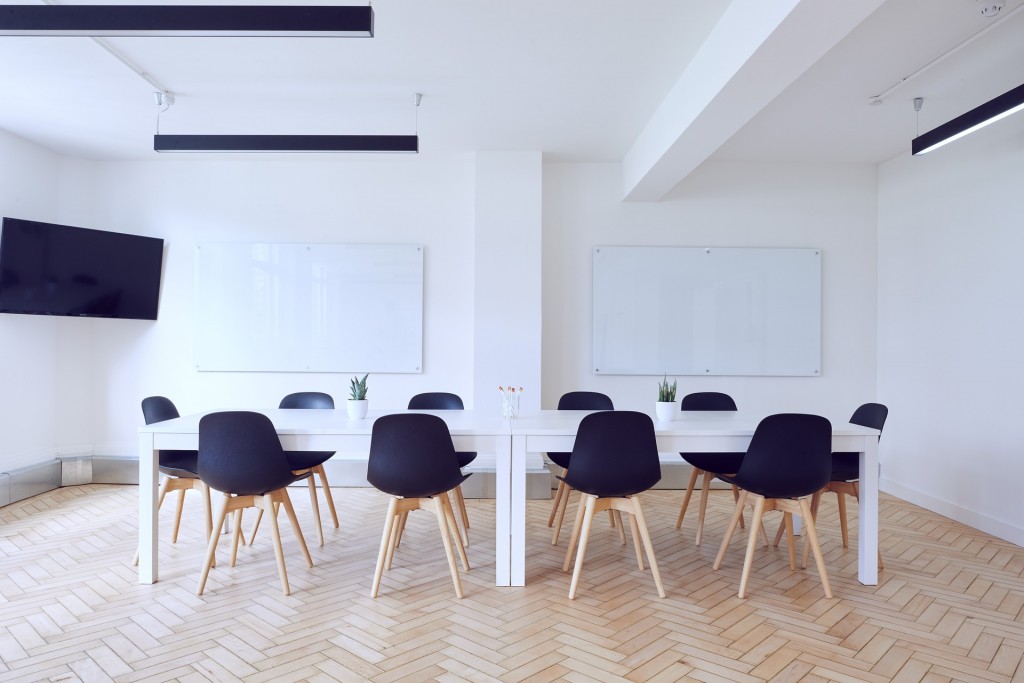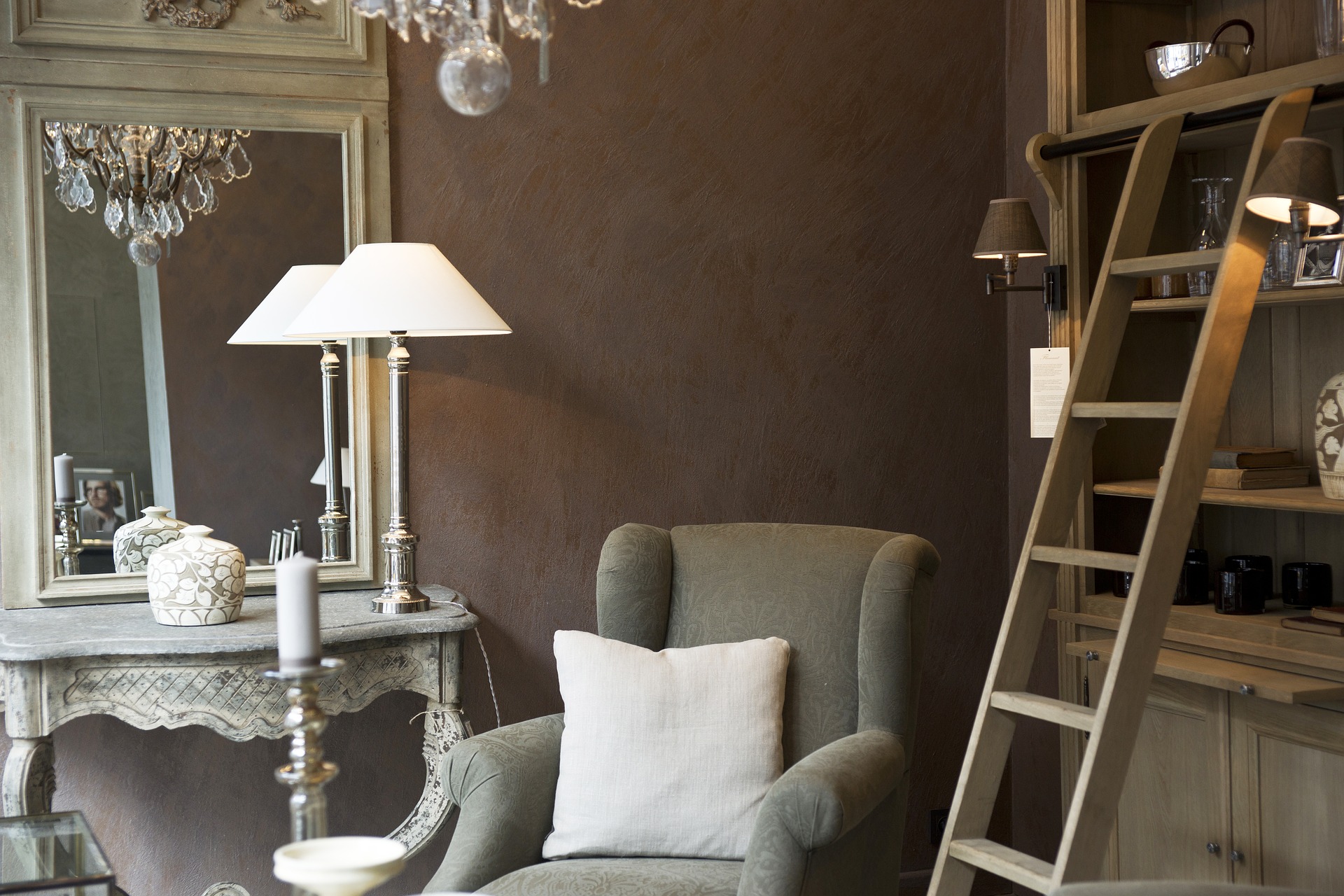Home is your private domain, and the choices you make when decorating your home are important. They will affect how both you and guests feel and serve as an expression of style as well as functionality. Before you decide on color and furniture, think of your overall goal for each room, and how it will affect the feel of your home as a whole.
Now, let’s talk about the five essential elements of home design:
1. Color
Color is the element that will make or break your room. Your color palette should set the mood for the room, even so far as determining how bright and open it feels. Different colors elicit different emotions as well, so be selective when picking out paint swatches.

2. Focal Point
Your eye naturally draws to the focal point of a room. Usually a fireplace or a central piece of furniture in the entertainment center. All design builds around and accentuates this convener naturally, and uses it to harmonize the room.
3. Lighting
Lighting will also profoundly affect the mood and openness of the room. Rooms that are dark seem smaller, and rooms that are naturally well-lit feel more open and inviting. Be aware of the ambient lighting of the room, and add accent lighting as necessary.

4. Proportions & Balance
Proportion refers to the size and arrangement of furniture against the scale of the room. Deeper furniture gives the illusion of a larger room, for example. Also, consider the size of rugs and curtains against everything else. If you don’t leave enough space between them, it will feel small and closed off. Too much and it will feel empty or redundant, so be careful where you choose to overlap.
5. Harmony and Unity
These are very important elements. The harmony and unity determine whether the room feels as if it is a whole or just furniture on the floor. If you gather all of the elements together the room should feel as if it is a puzzle where the pieces are perfectly fit together, encouraging natural eye movement between them.
There are three primary choices as far as the style choice of decorating around the focal point of your design:
1. Symmetrical
Designs and patterns are placed symmetrically across the room. For example, there is the same patterned pillow on either side of the couch, the table has an identical end piece at each end, etc. Symmetry in rooms mimics the symmetry of our own features and makes us more comfortable in a space.

2. Asymmetry
This is a slightly difficult task to achieve in a design, as asymmetrical design must be a careful balance of objects and patterns that compliment one another and carry equal visual weight to one another. You should pay attention to each individual piece and how it will shift the balance of the room so that it doesn’t feel chaotic.
3. Radial Symmetry
When all the elements of design are arranged around the focal point. Such as in the case of a spiral staircase or central table, where everything would be placed around rather than layered.
Pay attention to each element of designing your individual rooms and always try to keep the overall theme of the entire house in mind, so that each room compliments how you want your home to feel. As long as you keep your goal in mind, you’ll stay on your way to expressing your sense of self in your home.

